Field AI is building robot brains that enable robots to autonomously manage a wide range of industrial processes. Vention creates pretrained skills to ease development of robotic tasks. And Cobot offers Proxie, an AI-powered cobot designed to handle material movement and adapt to dynamic environments, working seamlessly alongside humans. These leading robotics startups are all
Read Article
Expanding what’s possible for developers and enterprises in the cloud, NVIDIA and Amazon Web Services are converging at AWS re:Invent in Las Vegas this week to showcase new solutions designed to accelerate AI and robotics breakthroughs and simplify research in quantum computing development. AWS re:Invent is a conference for the global cloud-computing community packed with
Read Article
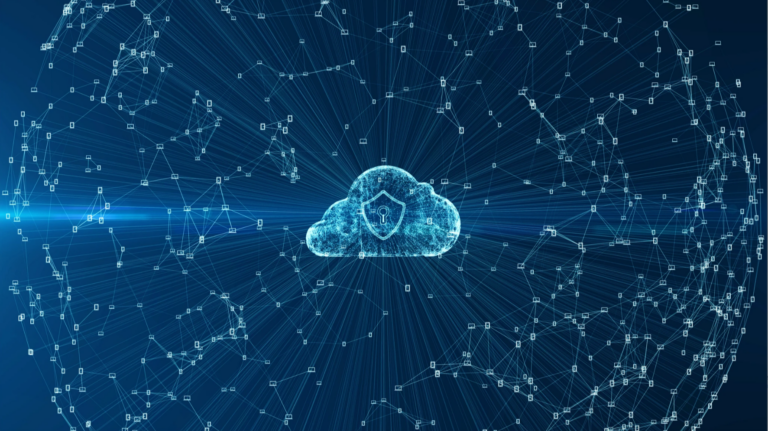 In the past decade, quantum computers have progressed significantly and could one day be used to undermine current cybersecurity practices. If run on a quantum…
In the past decade, quantum computers have progressed significantly and could one day be used to undermine current cybersecurity practices. If run on a quantum…
In the past decade, quantum computers have progressed significantly and could one day be used to undermine current cybersecurity practices. If run on a quantum computer, for example, an algorithm discovered by the theoretical computer scientist Peter Shor could crack common encryption schemes, including the Rivest-Shamir-Adleman (RSA) encryption algorithm. Post-quantum cryptography (PQC) is…
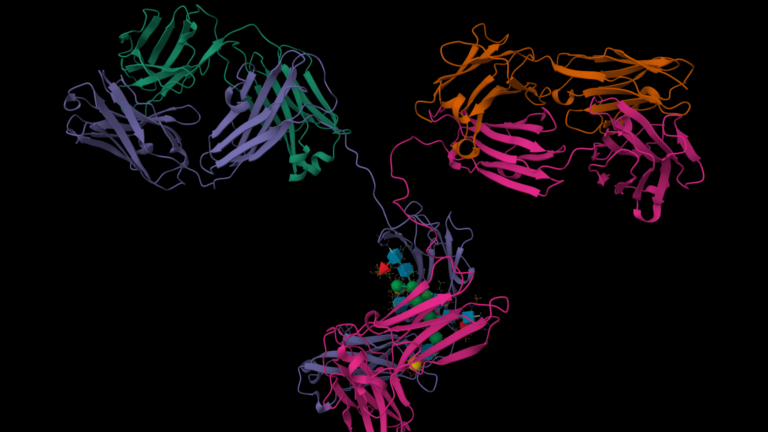 Antibodies have become the most prevalent class of therapeutics, primarily due to their ability to target specific antigens, enabling them to treat a wide range…
Antibodies have become the most prevalent class of therapeutics, primarily due to their ability to target specific antigens, enabling them to treat a wide range…
Antibodies have become the most prevalent class of therapeutics, primarily due to their ability to target specific antigens, enabling them to treat a wide range of diseases, from cancer to autoimmune disorders. Their specificity reduces the likelihood of off-target effects, making them safer and often more effective than small-molecule drugs for complex conditions. As a result…
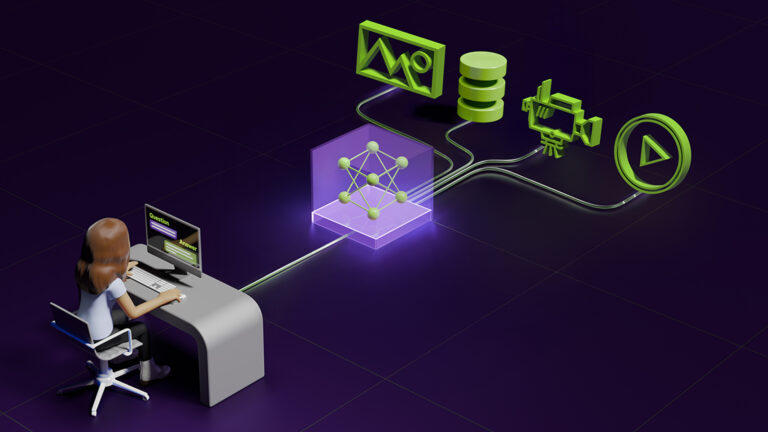 Building a question-answering chatbot with large language models (LLMs) is now a common workflow for text-based interactions. What about creating an AI system…
Building a question-answering chatbot with large language models (LLMs) is now a common workflow for text-based interactions. What about creating an AI system…
Building a question-answering chatbot with large language models (LLMs) is now a common workflow for text-based interactions. What about creating an AI system that can answer questions about video and image content? This presents a far more complex task. Traditional video analytics tools struggle due to their limited functionality and a narrow focus on predefined objects.
 The evolution of modern application development has led to a significant shift toward microservice-based architectures. This approach offers great flexibility…
The evolution of modern application development has led to a significant shift toward microservice-based architectures. This approach offers great flexibility…
The evolution of modern application development has led to a significant shift toward microservice-based architectures. This approach offers great flexibility and scalability, but it also introduces new complexities, particularly in the realm of security. In the past, engineering teams were responsible for a handful of security aspects in their monolithic applications. Now, with microservices…
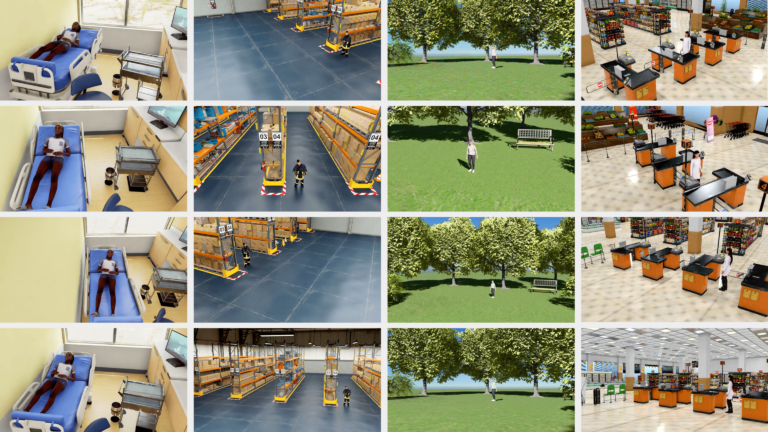 Action recognition models such as PoseClassificationNet have been around for some time, helping systems identify and classify human actions like walking,…
Action recognition models such as PoseClassificationNet have been around for some time, helping systems identify and classify human actions like walking,…
Action recognition models such as PoseClassificationNet have been around for some time, helping systems identify and classify human actions like walking, waving, or picking up objects. While the concept is well-established, the challenge lies in building a robust computer vision model that can accurately recognize the range of actions across different scenarios that are domain- or use case…
As generative AI continues to grow, implementing and managing the right infrastructure becomes even more critical to ensure the secure and efficient development and deployment of AI-based solutions. To meet these needs, NVIDIA has introduced two professional-level certifications that offer structured paths for infrastructure and operations practitioners to enhance and validate the skills needed to
Read Article
A recent survey from the Special Olympics Global Center for Inclusion in Education shows that while a majority of students with an intellectual and developmental disability (IDD) and their parents view AI as a potentially transformative technology, only 35% of educators believe that AI developers currently account for the needs and priorities of students with
Read Article
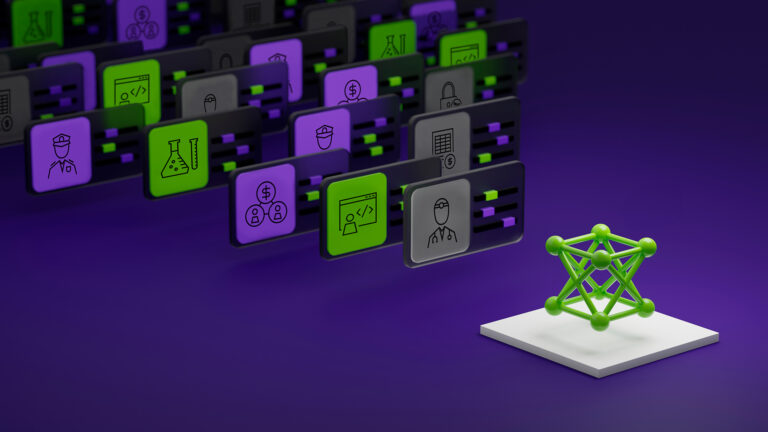 NVIDIA TensorRT-LLM support for speculative decoding now provides over 3x the speedup in total token throughput. TensorRT-LLM is an open-source library that…
NVIDIA TensorRT-LLM support for speculative decoding now provides over 3x the speedup in total token throughput. TensorRT-LLM is an open-source library that…
NVIDIA TensorRT-LLM support for speculative decoding now provides over 3x the speedup in total token throughput. TensorRT-LLM is an open-source library that provides blazing-fast inference support for numerous popular large language models (LLMs) on NVIDIA GPUs. By adding support for speculative decoding on single GPU and single-node multi-GPU, the library further expands its supported…
